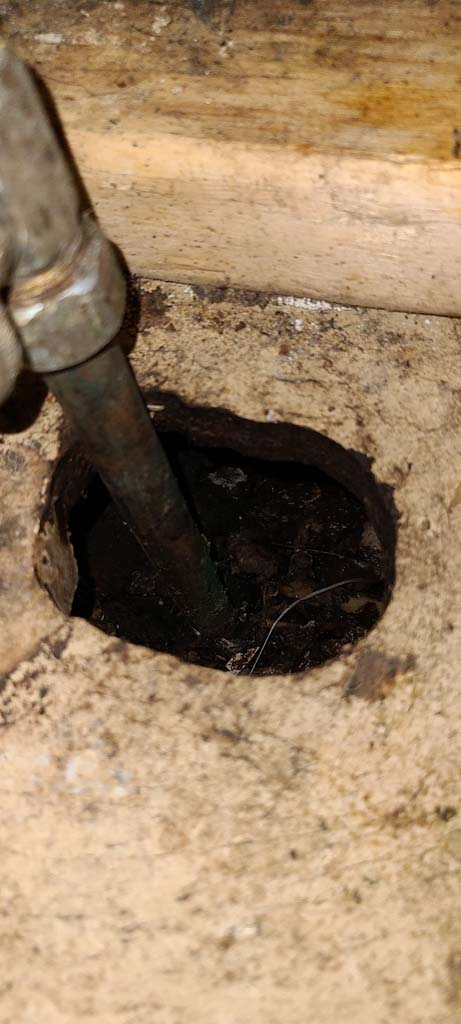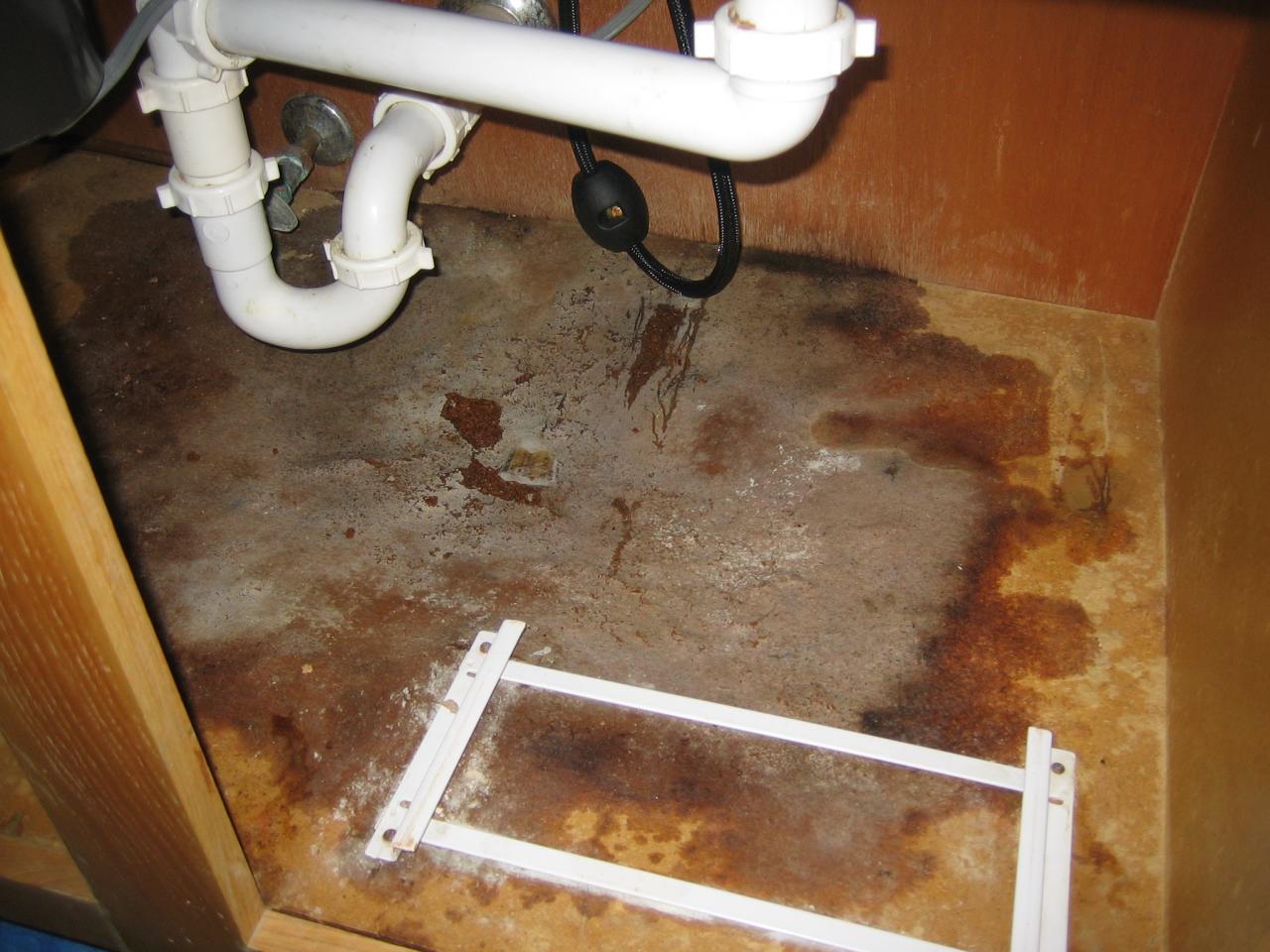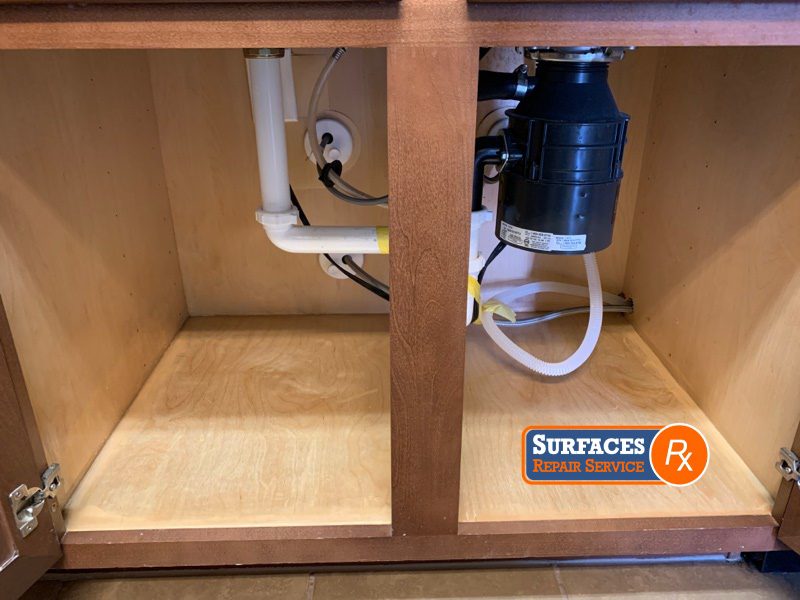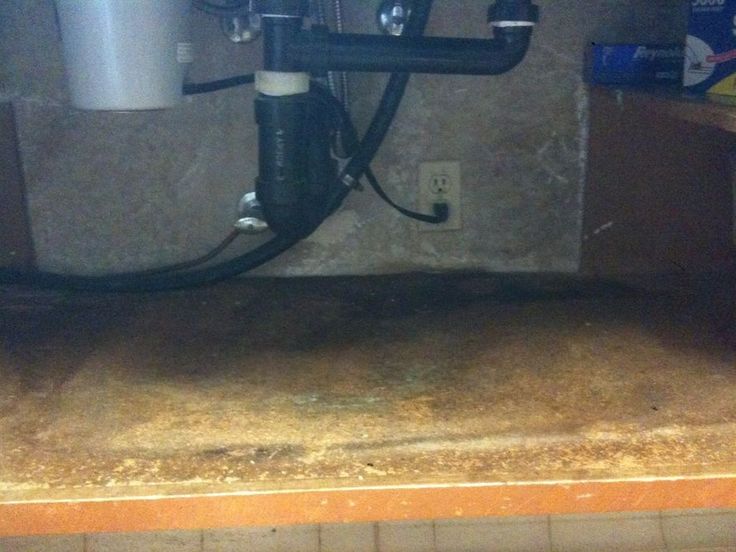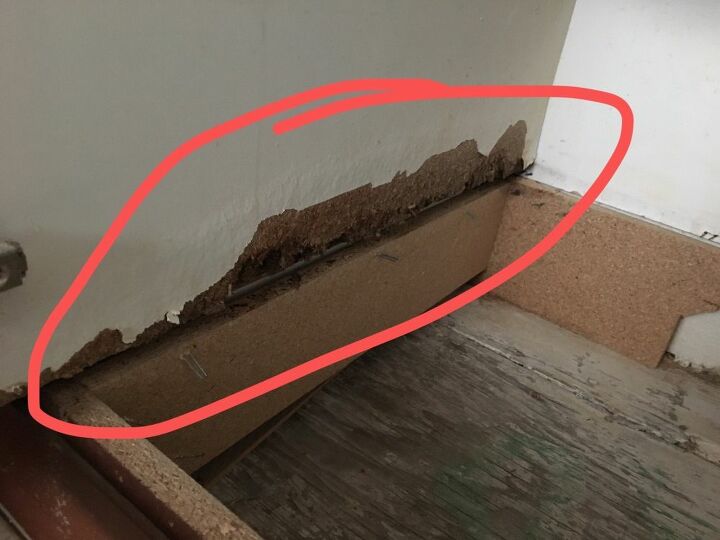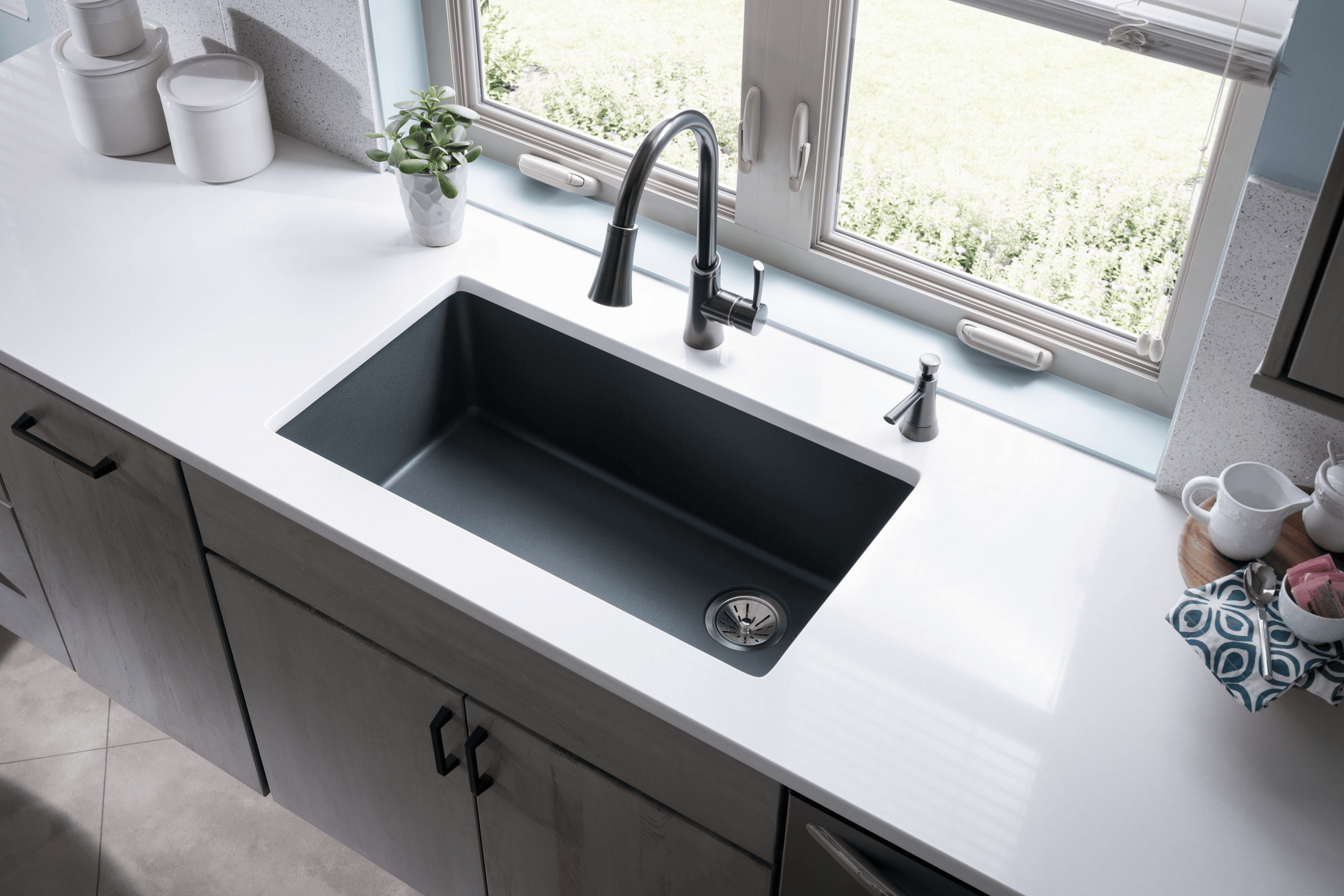Finding black mold under your bathroom sink can be a homeowner's worst nightmare. Not only is it unsightly, but it can also pose serious health risks. If you suspect that you have black mold growing under your bathroom sink, it's important to take action immediately. Here's what you need to know about this common household problem.Black Mold Under Bathroom Sink: What You Need to Know
The first step in dealing with black mold under your bathroom sink is to identify it. Black mold is a type of fungus that thrives in damp, dark environments. It is typically black or dark green in color and has a musty odor. If you notice any signs of mold growth under your bathroom sink, it's important to remove it as soon as possible to prevent it from spreading. To remove black mold from under your bathroom sink, you will need to wear protective gear, such as gloves and a mask, to avoid inhaling the spores. Use a mixture of bleach and water to scrub the affected area. You may also want to consider using a commercial mold removal product for more severe cases. Be sure to thoroughly dry the area after cleaning to prevent the mold from returning.How to Identify and Remove Black Mold Under Your Bathroom Sink
Black mold is not just a nuisance, it can also be harmful to your health. Exposure to black mold can cause a range of health issues, including respiratory problems, allergies, and even neurological symptoms. If you or your family members experience any of these symptoms, it's important to address the mold issue immediately. In addition to the health risks, black mold can also cause damage to your home. It can eat away at the surfaces it grows on, leading to costly repairs. This is why it's crucial to identify and remove black mold as soon as possible.The Dangers of Black Mold Under Your Bathroom Sink
The best way to deal with black mold under your bathroom sink is to prevent it from growing in the first place. This means keeping the area clean and dry. Fix any leaks or plumbing issues immediately and make sure to properly ventilate your bathroom to prevent moisture buildup. You may also want to consider using a dehumidifier to keep the humidity levels in check. Regularly inspecting the area under your bathroom sink for any signs of mold growth is also important. Catching it early can prevent it from spreading and causing further damage.Preventing Black Mold Growth Under Your Bathroom Sink
Aside from the musty odor and visible black or green growth, there are other signs that may indicate the presence of black mold under your bathroom sink. These include discoloration or staining on the walls or floor near the sink, peeling or bubbling paint, and a damp or humid feeling in the air. If you notice any of these signs, it's important to take action immediately to prevent the mold from spreading and causing further damage.Signs of Black Mold Under Your Bathroom Sink
As mentioned earlier, a mixture of bleach and water is an effective way to clean and disinfect black mold. However, if you prefer a more natural approach, there are several other options you can try. White vinegar, hydrogen peroxide, and baking soda are all effective in killing mold and disinfecting the area. Regardless of which cleaning solution you choose, be sure to thoroughly dry the area after cleaning to prevent the mold from returning.How to Clean and Disinfect Black Mold Under Your Bathroom Sink
In some cases, the mold growth under your bathroom sink may be too severe for DIY solutions. In these situations, it's best to seek professional help. A mold remediation specialist will have the necessary equipment and expertise to remove the mold safely and effectively. Professional remediation may be necessary if the mold has spread to other areas of your home or if you have underlying health issues that make it unsafe for you to handle the mold yourself.Professional Remediation for Black Mold Under Bathroom Sink
For smaller cases of black mold under your bathroom sink, there are several DIY solutions that you can try. As mentioned earlier, a mixture of bleach and water is effective in killing mold. You can also use natural solutions like white vinegar, hydrogen peroxide, and baking soda. However, it's important to remember that these solutions may not be as effective as professional remediation for more severe cases. Whichever solution you choose, be sure to follow the instructions carefully and take proper precautions to protect yourself from the mold.DIY Solutions for Black Mold Under Bathroom Sink
The main cause of black mold under your bathroom sink is moisture. This can be due to leaks, poor ventilation, or even high humidity levels. Other contributing factors may include a lack of sunlight or a buildup of dust and debris. To prevent black mold from growing, be sure to address any plumbing issues promptly and keep the area clean and dry.Common Causes of Black Mold Under Bathroom Sink
In addition to causing black mold, water damage can also be a common problem under bathroom sinks. To prevent this, regularly check for leaks and fix them immediately. You may also want to consider installing a waterproof barrier under your sink to protect the surrounding area from any potential leaks. If you do notice any water damage under your bathroom sink, be sure to address it promptly to prevent further damage and the growth of black mold.How to Repair and Prevent Water Damage Under Your Bathroom Sink
How to Deal with Black Mold Under Your Bathroom Sink
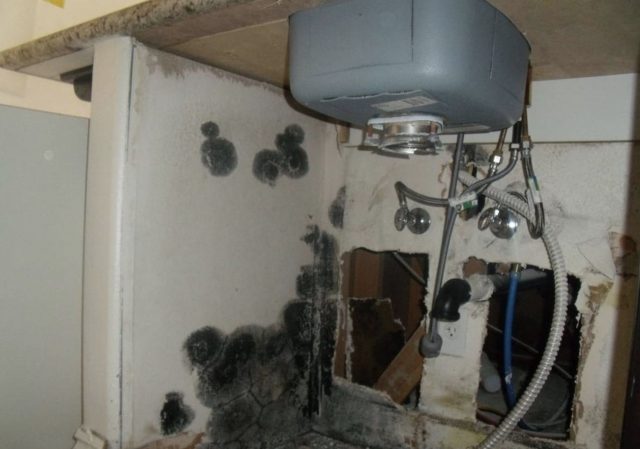
Identifying the Problem
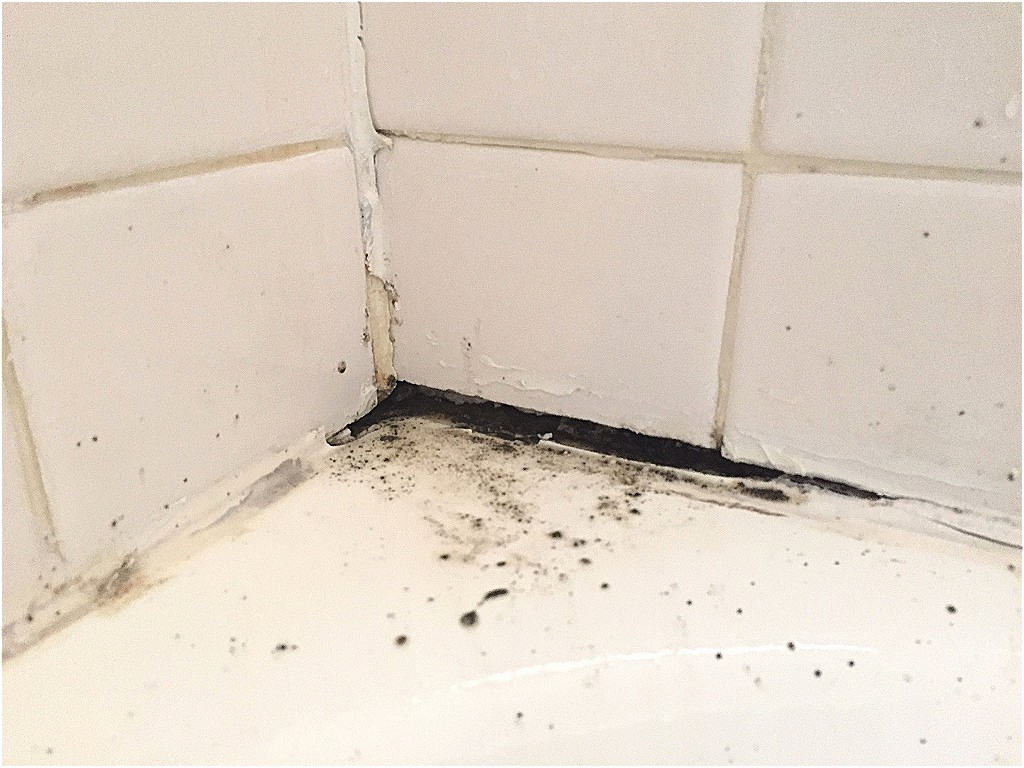 The discovery of
black mold
under your bathroom sink can be a cause for concern. This type of mold, also known as
Stachybotrys chartarum
, is a toxic fungus that thrives in warm, damp environments. It can cause serious health issues such as respiratory problems, allergic reactions, and even neurological symptoms.
Black mold
under your bathroom sink is a common problem, as the area is often dark, moist, and prone to leaks. If left untreated, it can spread quickly and pose a threat to both your health and the structural integrity of your home.
The discovery of
black mold
under your bathroom sink can be a cause for concern. This type of mold, also known as
Stachybotrys chartarum
, is a toxic fungus that thrives in warm, damp environments. It can cause serious health issues such as respiratory problems, allergic reactions, and even neurological symptoms.
Black mold
under your bathroom sink is a common problem, as the area is often dark, moist, and prone to leaks. If left untreated, it can spread quickly and pose a threat to both your health and the structural integrity of your home.
Dealing with the Source
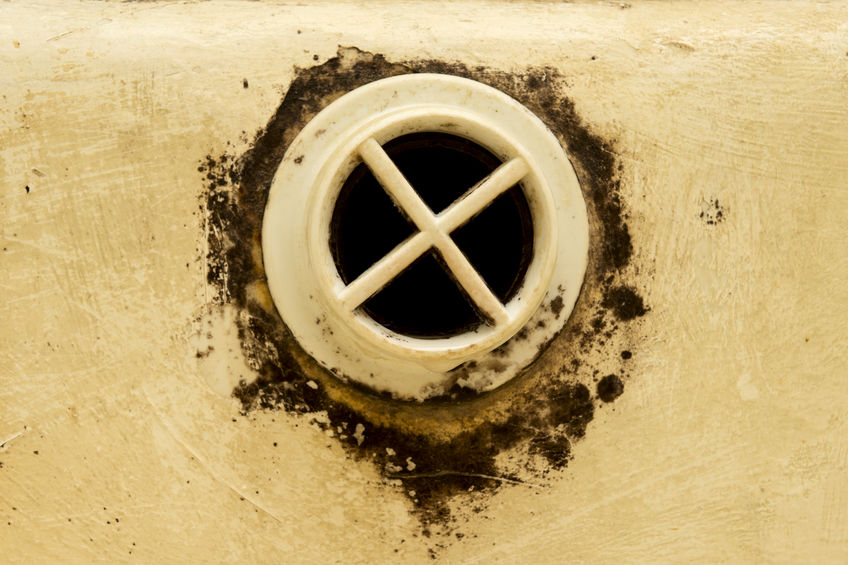 The first step in addressing
black mold
under your bathroom sink is to identify and fix the source of the moisture. This could be a leaky pipe, a faulty seal, or even poor ventilation. Fixing the source of the problem is crucial in preventing the mold from coming back.
The first step in addressing
black mold
under your bathroom sink is to identify and fix the source of the moisture. This could be a leaky pipe, a faulty seal, or even poor ventilation. Fixing the source of the problem is crucial in preventing the mold from coming back.
Removing the Mold
 Once the source of moisture has been addressed, it's time to tackle the mold itself. It's important to
protect yourself
by wearing gloves, a mask, and eye protection while dealing with
black mold
. Use a mixture of
bleach and water
to scrub the affected area, and be sure to dry it thoroughly afterwards. If the mold growth is extensive, it may be best to call in a professional mold remediation service.
Once the source of moisture has been addressed, it's time to tackle the mold itself. It's important to
protect yourself
by wearing gloves, a mask, and eye protection while dealing with
black mold
. Use a mixture of
bleach and water
to scrub the affected area, and be sure to dry it thoroughly afterwards. If the mold growth is extensive, it may be best to call in a professional mold remediation service.
Preventing Future Growth
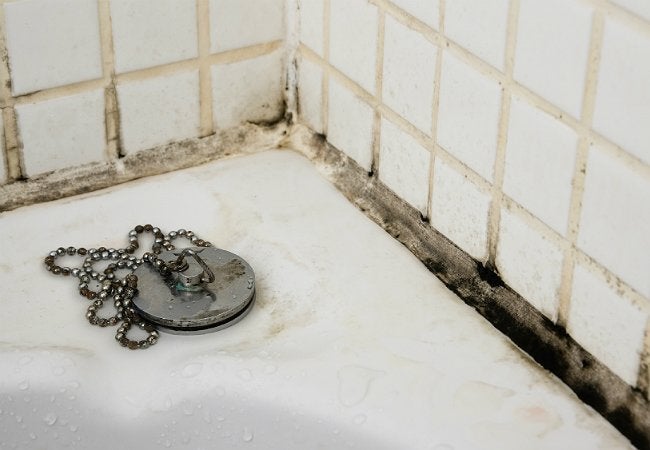 To prevent
black mold
from growing under your bathroom sink in the future, there are a few preventative measures you can take. Regularly check for leaks and fix them immediately, make sure your bathroom is well-ventilated, and keep the area clean and dry. Consider using a dehumidifier if your bathroom tends to be particularly humid.
To prevent
black mold
from growing under your bathroom sink in the future, there are a few preventative measures you can take. Regularly check for leaks and fix them immediately, make sure your bathroom is well-ventilated, and keep the area clean and dry. Consider using a dehumidifier if your bathroom tends to be particularly humid.
Conclusion
 In conclusion,
black mold
under your bathroom sink is a serious issue that should not be ignored. It's important to address the problem promptly and take preventative measures to ensure it doesn't come back. If you suspect
black mold
in your home, it's best to seek professional help to properly remove and prevent its growth. With the right steps, you can keep your home and your family safe from the dangers of
black mold
.
In conclusion,
black mold
under your bathroom sink is a serious issue that should not be ignored. It's important to address the problem promptly and take preventative measures to ensure it doesn't come back. If you suspect
black mold
in your home, it's best to seek professional help to properly remove and prevent its growth. With the right steps, you can keep your home and your family safe from the dangers of
black mold
.
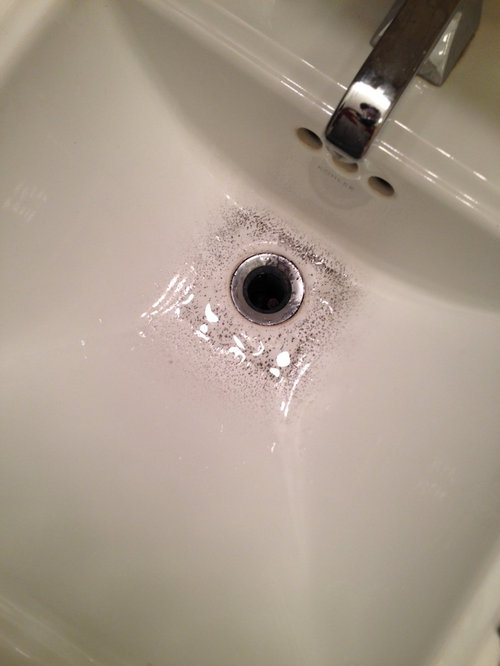


:max_bytes(150000):strip_icc()/water-pipe-under-kitchen-sink-980755976-c96f97e5339142c39e296fe03faba923.jpg)


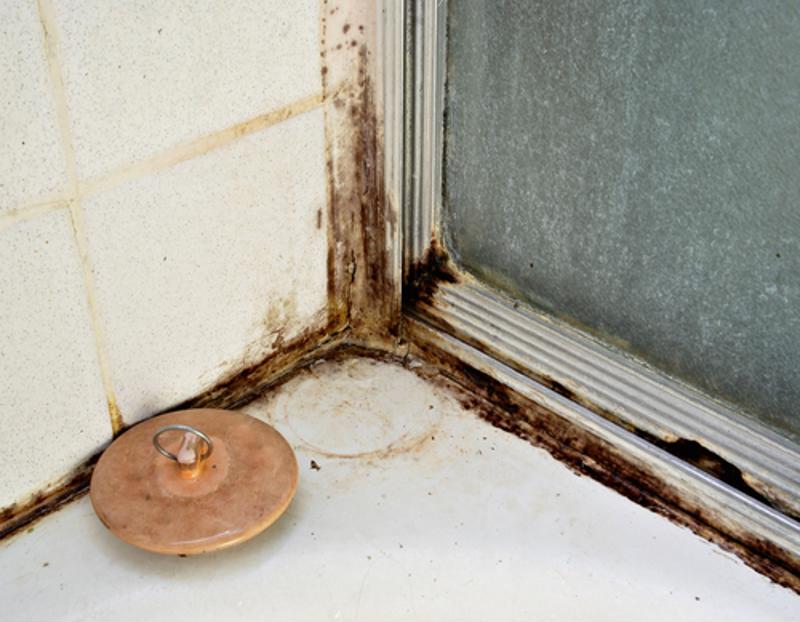

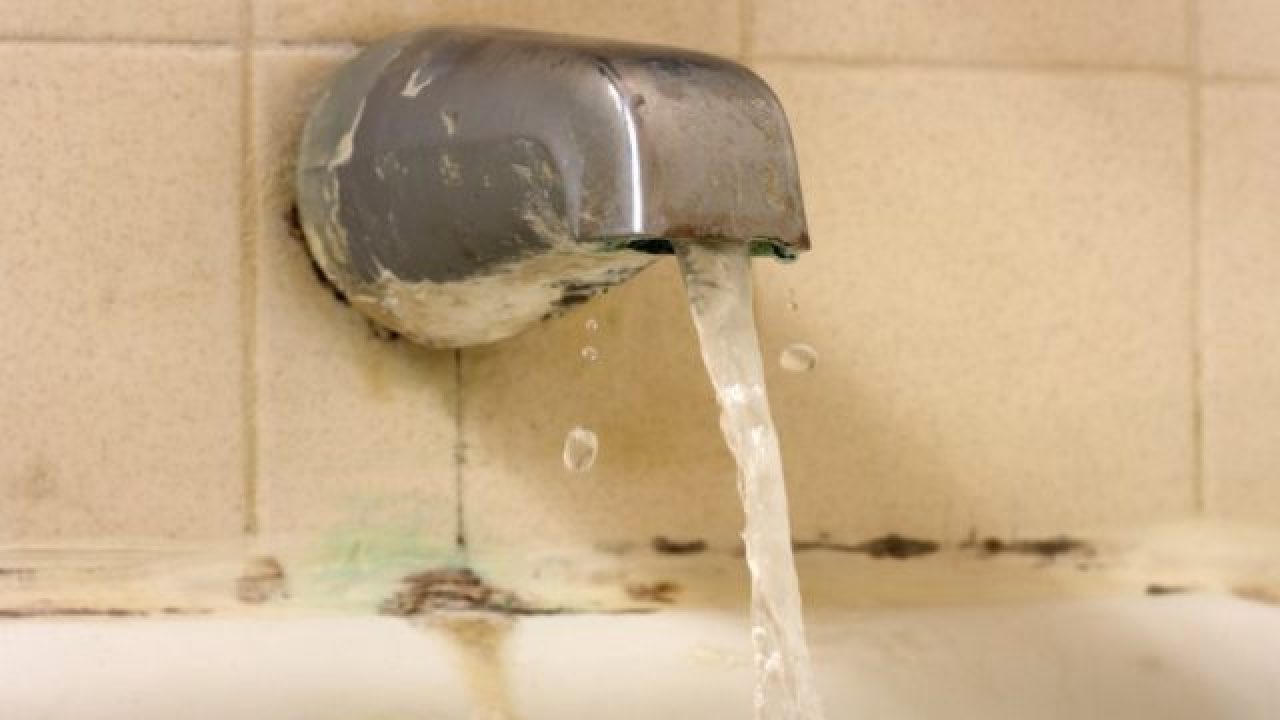







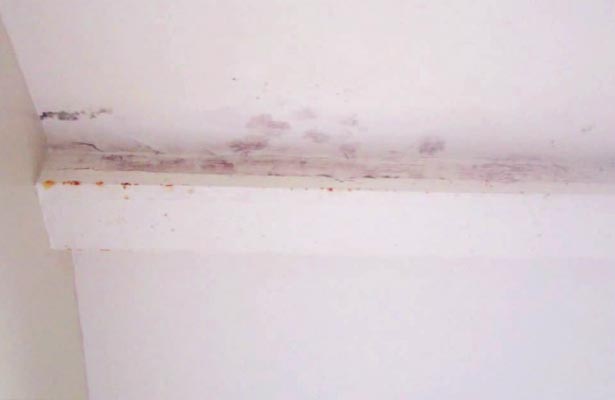
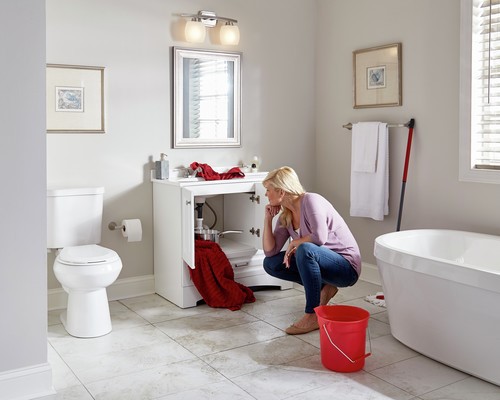







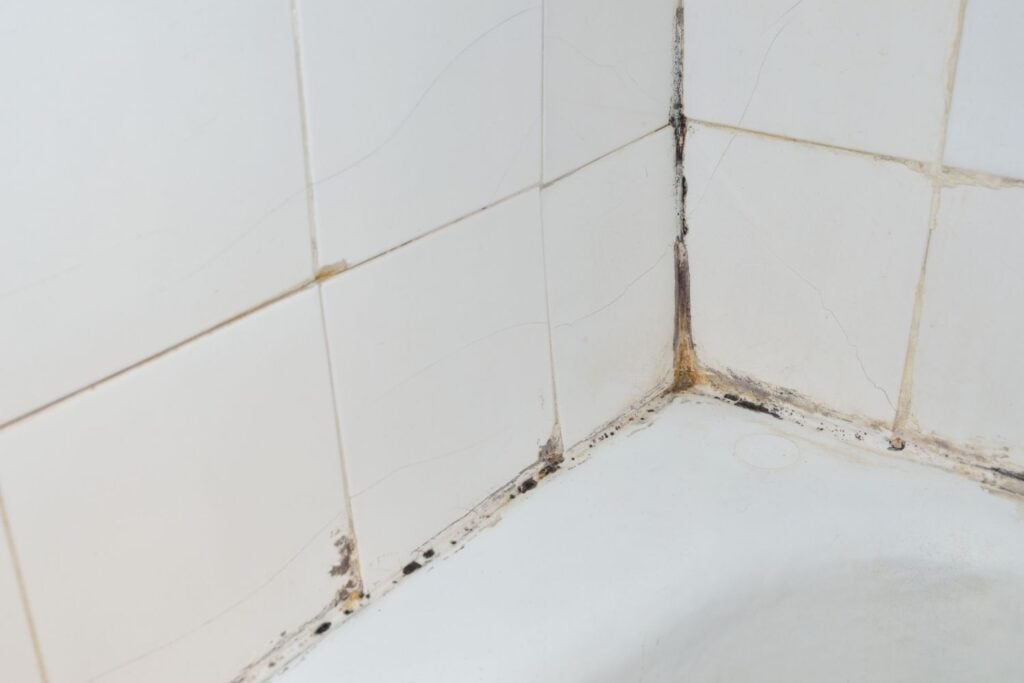

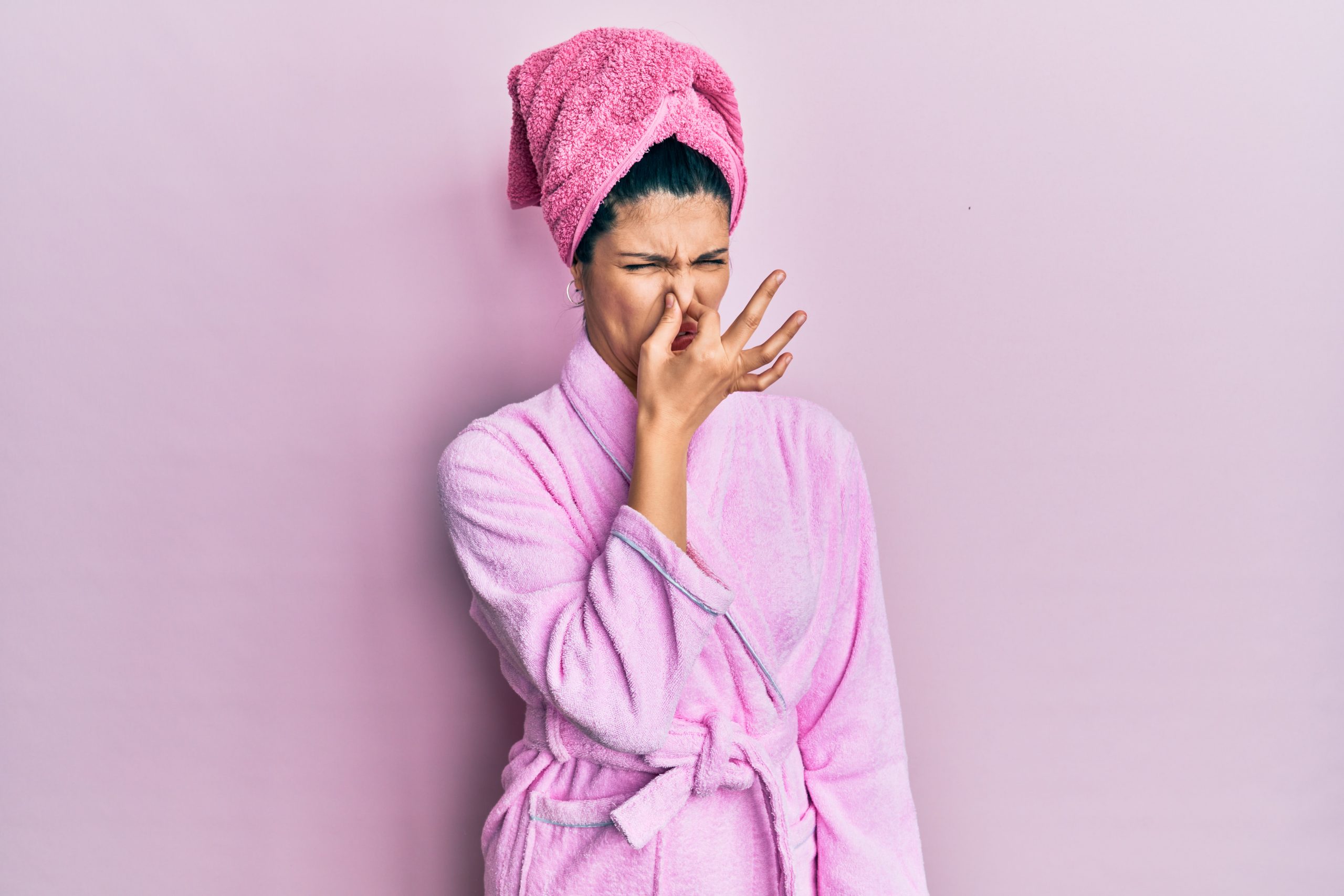


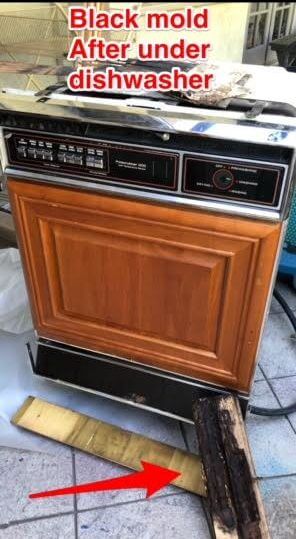

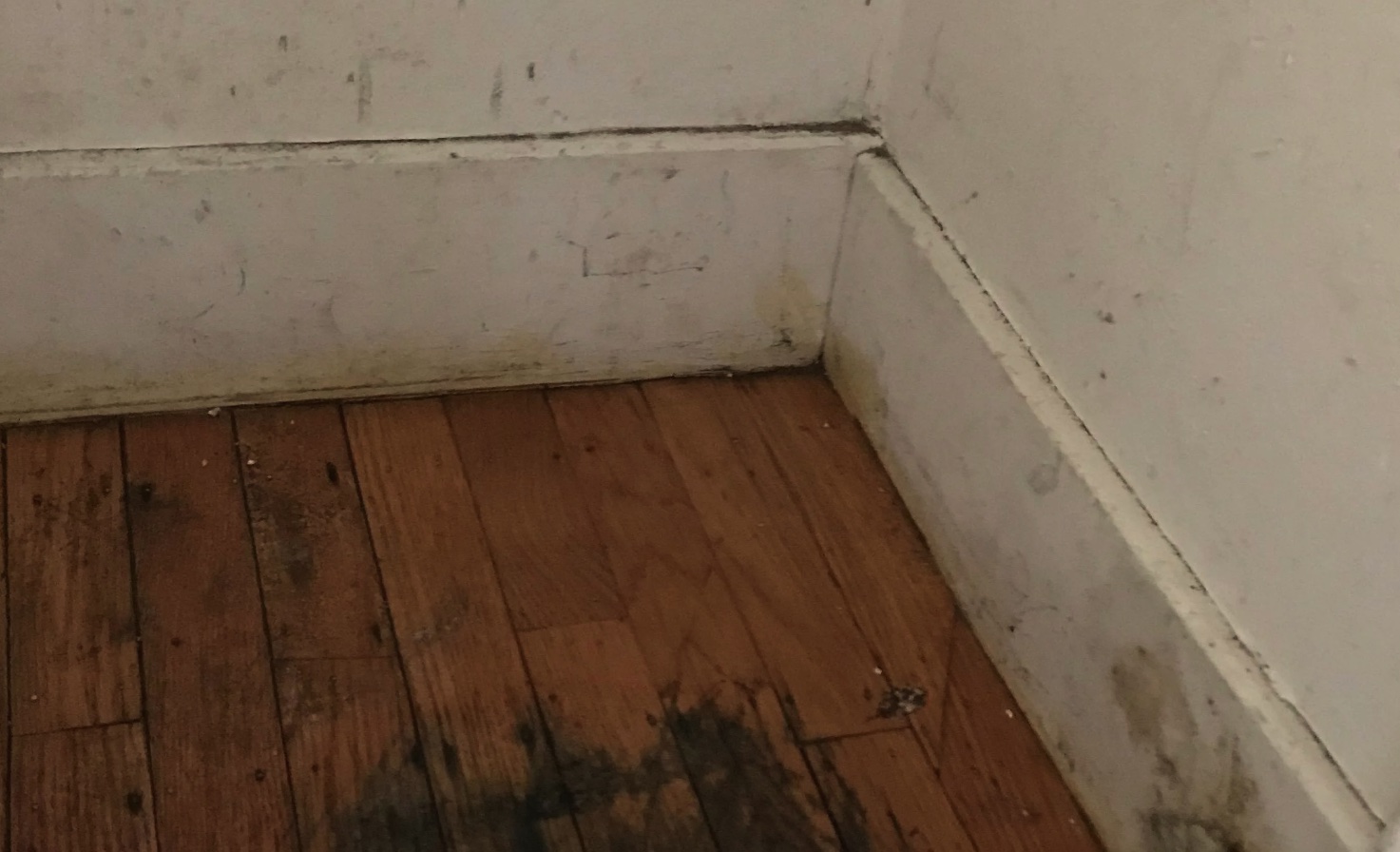










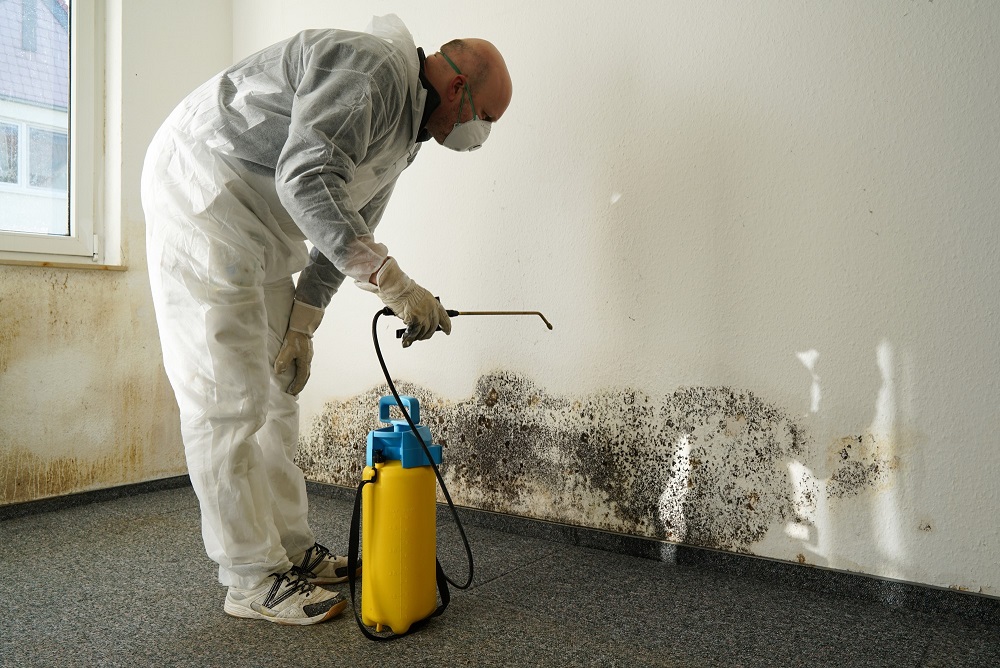









:max_bytes(150000):strip_icc()/identifying-mold-vs-mildew-4799138-final-4266e4b3d84c4401a7c1d8b6835dcc97.png)


